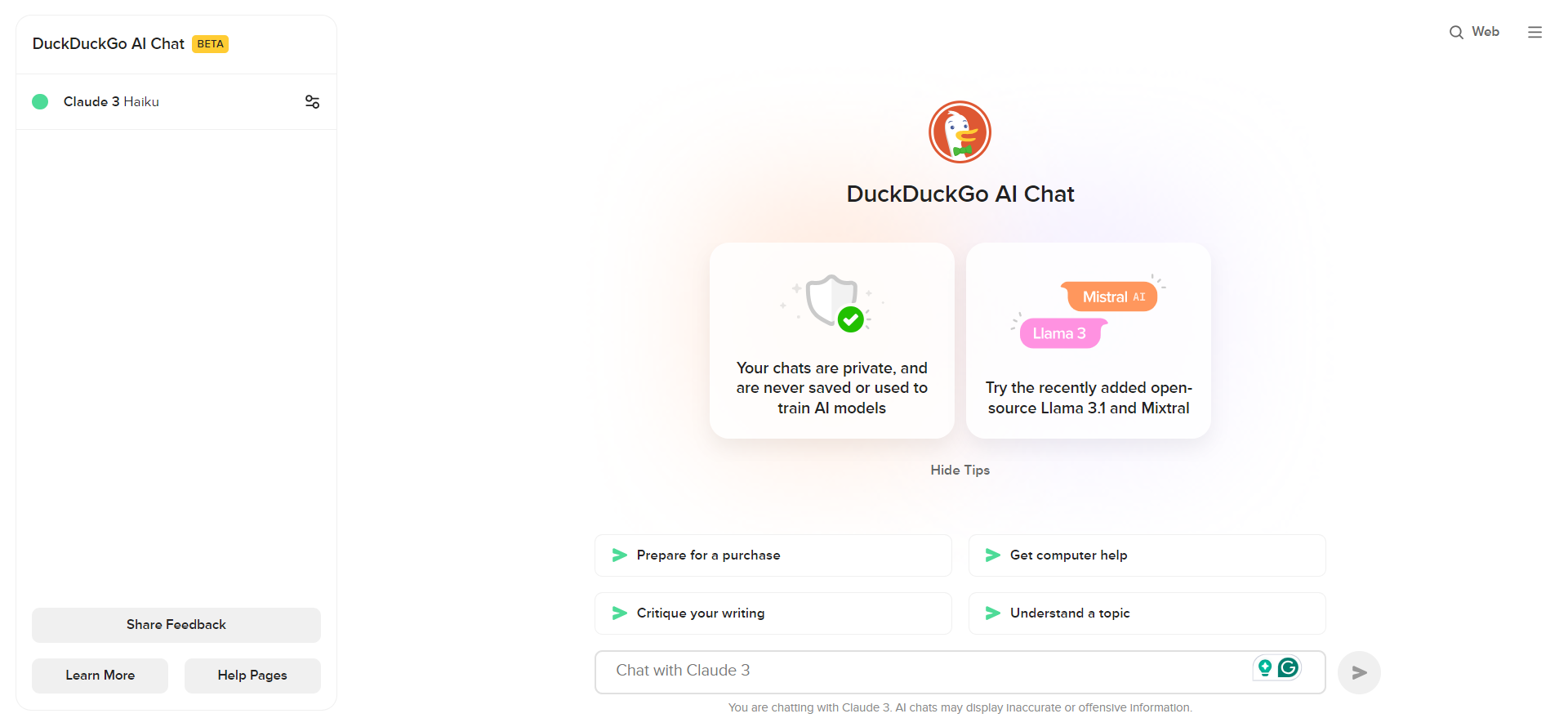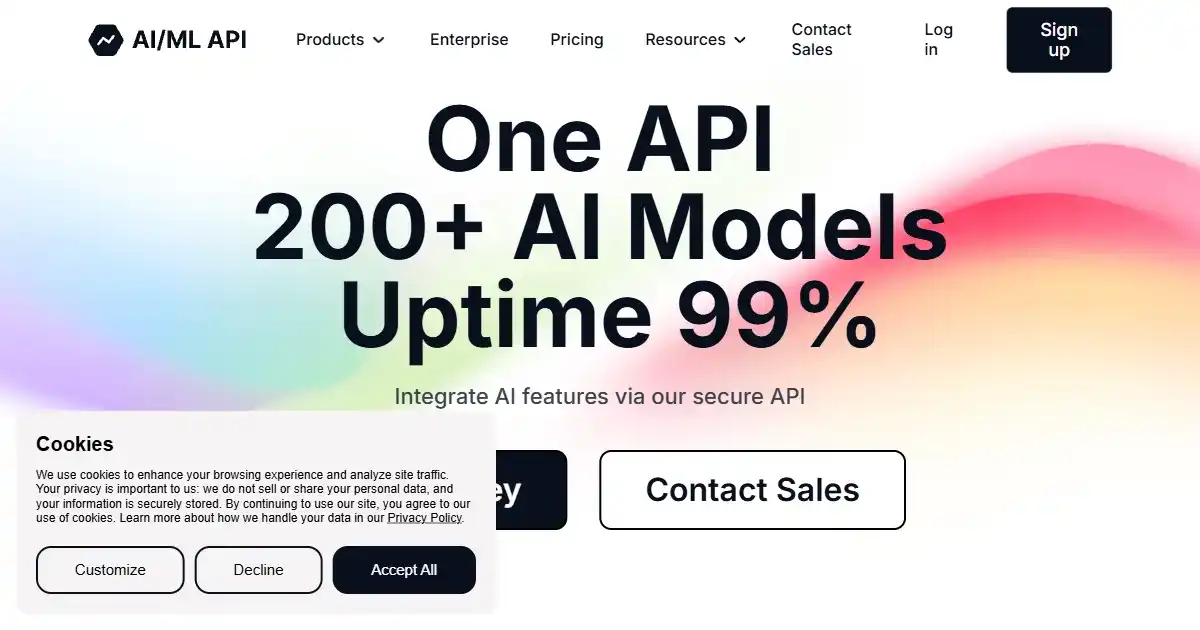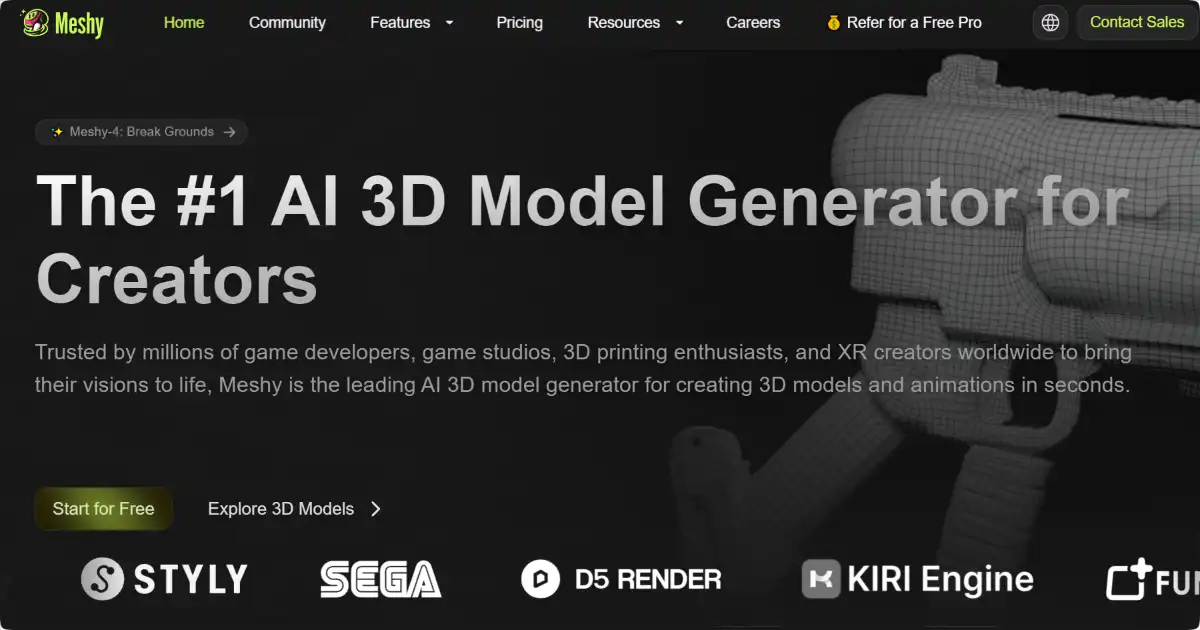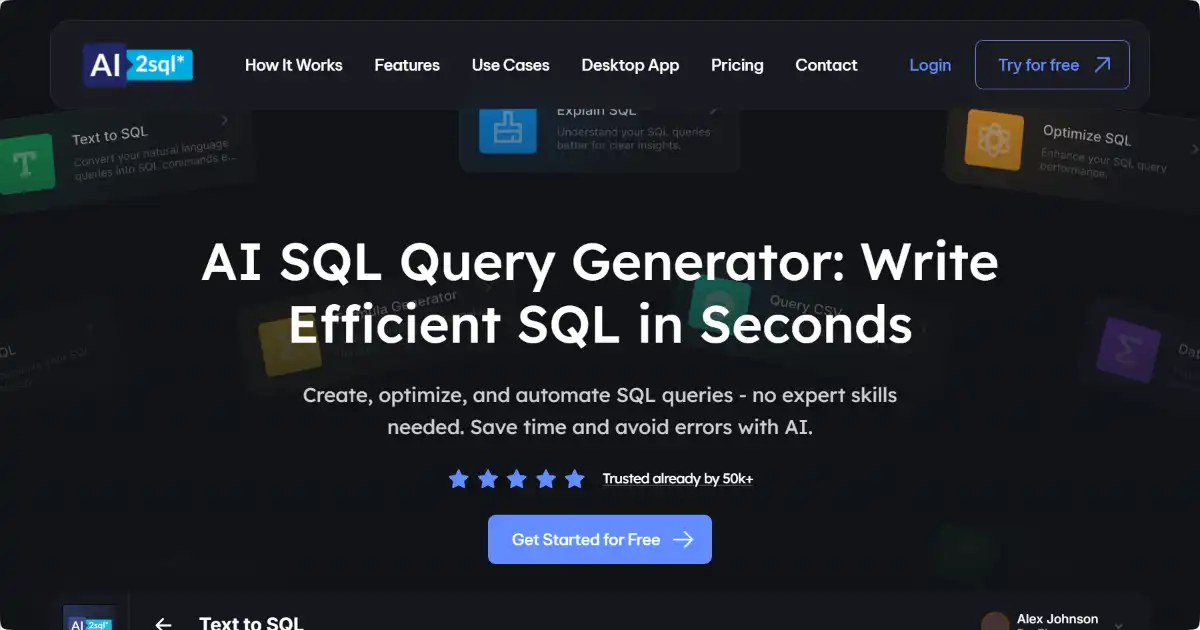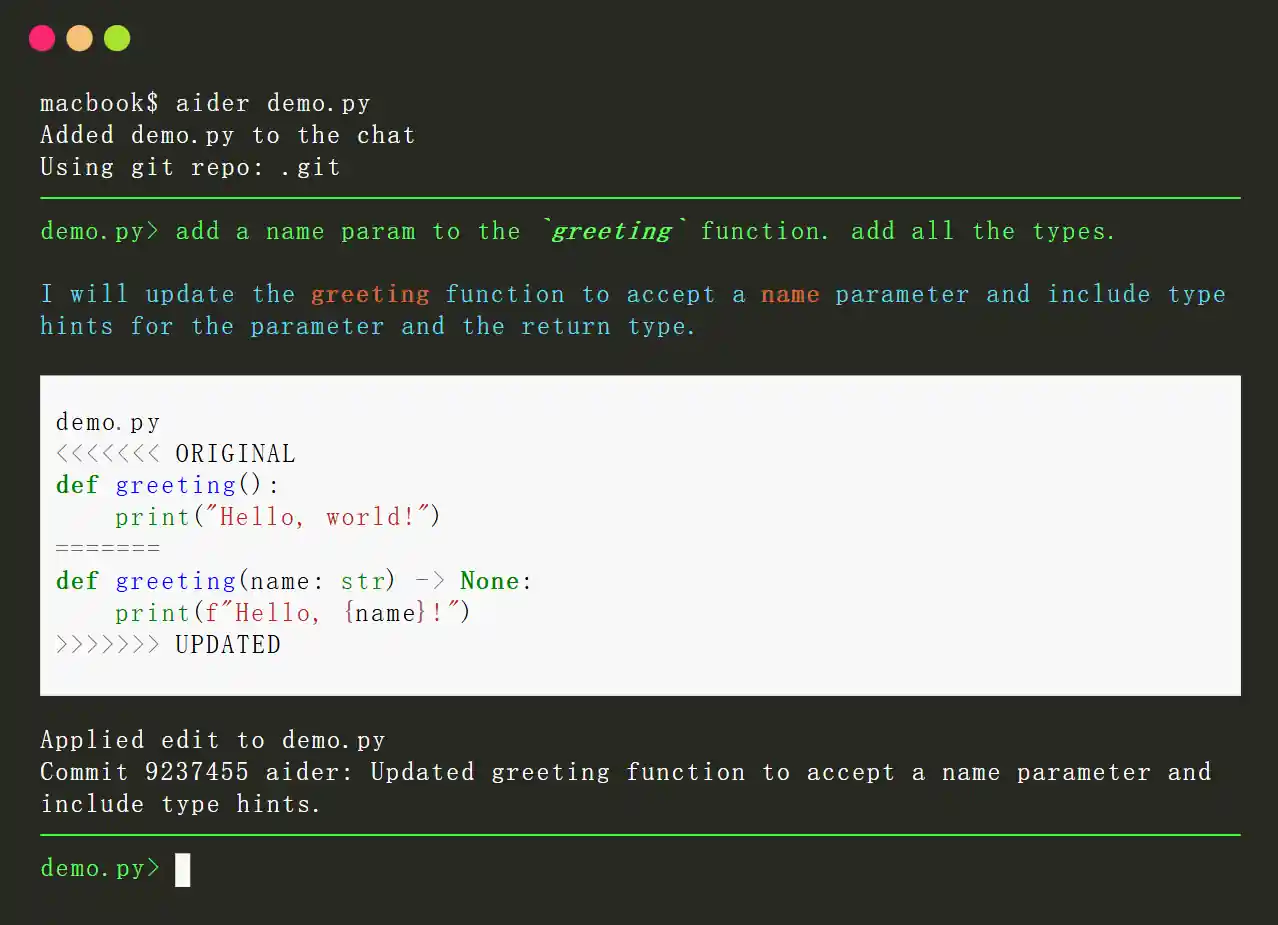Tolgee
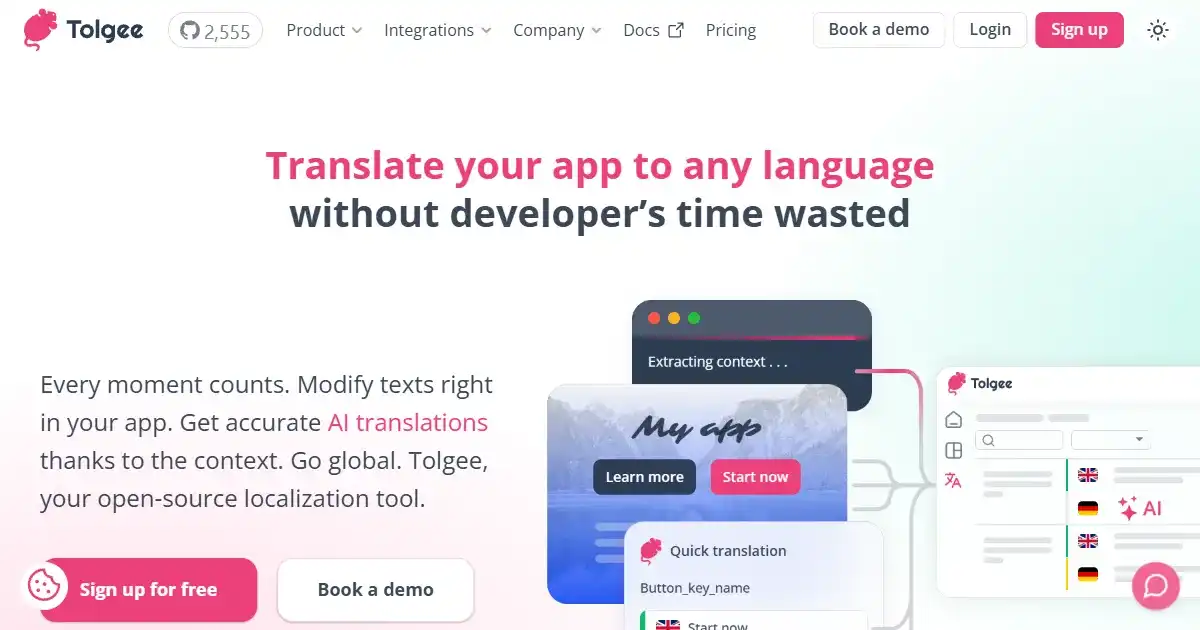
Tolgee is an open-source localization platform that streamlines translating software applications. It offers in-context translating, translation memory, and supports various file formats for seamless localization.
What is Tolgee?
Tolgee is an open-source localization platform designed to streamline the translation of software applications. With features like in-context translating, translation memory, and machine translation suggestions, Tolgee empowers developers and localization teams to efficiently manage multilingual projects. Its user-friendly interface, collaborative workspaces, and integration with popular development tools greatly simplify translation efforts. Tolgee adapts to various project sizes and complexities, eliminating manual work associated with software application translation. Whether a small startup or a large corporation, Tolgee simplifies the process of taking applications global and engaging audiences worldwide. Its flexibility ensures streamlined management of current projects and adaptation for potential future expansion.
Key Features of Tolgee
Key features include in-context translating, automated translation suggestions, multiple file formats support, collaboration tools, and an open-source nature, all focused on making localization simpler and more effective for all.
In-Context Translation: Edit translations directly within your application for a seamless workflow.
Translation Memory: Leverage existing translations to maintain consistency and speed up the process.
Machine Translations: Utilize automated translation suggestions for improved efficiency.
Multiple File Format Support: Work with diverse file types, ensuring broad compatibility with your project resources.
Open-Source Platform: Benefit from community contributions and transparent development practices.
Collaboration Tools: Streamlined workflows and team collaboration options for collaborative and productive workflows and better communication during all phases of localization workflow.
Use Cases of Tolgee
Web Application Localization: Translate website content to reach global audiences.
Mobile App Translation: Adapt mobile apps for different languages and regions.
Game Localization: Translate game text and UI elements to engage broader global gamers.
Software Localization: Offer software in multiple languages by adjusting content and design preferences of targeted audience segments
Desktop App Localization: Make desktop apps accessible to diverse language-based preferences users
Tolgee Pros and Cons
- Simplified Localization: Easy configuration and integration with diverse applications greatly reduces workflow complexities
- Cost-Effective: Open-source, with options like self-hosting reduce costs and increase control of translation budgets. The affordable hosted solution suits all.
- Streamlined Workflow: Intuitive tools with diverse supported formats optimize the translation process.
- Collaborative Approach: Centralized platform promotes streamlined collaborative localization between members involved in the project.
- Limited Customization: The platform's standardization can be challenging for niche uses
- Open-Source Complexity: Though adaptable, community-driven development and code sharing aspects add complexity.
- Integration Requirements: Smooth project incorporation can sometimes pose integration challenges requiring technical solutions.
- Scalability Bottlenecks: Scaling for extensive and demanding tasks requires consideration and advanced setup.
Tolgee FAQs
What pricing plans does Tolgee have?
Tolgee offers a free tier suitable for small projects and experimentation. Paid tiers provide additional features and resources, allowing scaling based on your needs.
Does Tolgee integrate with version control systems?
Yes, the platform seamlessly integrates with version control systems such as Git and code hosting platforms such as GitHub and GitLab. The translation process synchronizes effortlessly within the projects codebase, which greatly reduces issues caused by manual processes
What types of projects can Tolgee be used with?
Tolgee simplifies localization for various projects, ranging from web and mobile applications to games and desktop software. Its adaptability to different project sizes and types makes it a versatile choice for various needs.
Interested in this product?
Updated 2025-12-12
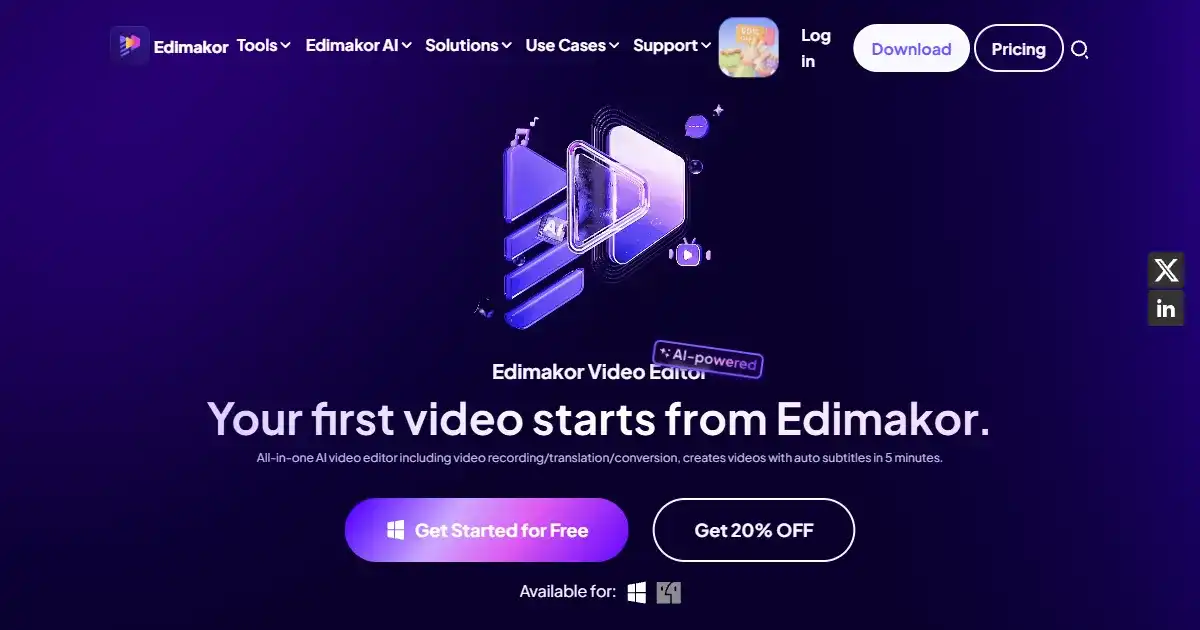
🔍 Find More Tools
Access popular AI chatbots like GPT-3.5, Claude, and others anonymously and for free, while maintaining your privacy, through DuckDuckGo AI Chat.
AI/ML API is a platform providing unified access to over 100 AI models through a single API interface. It's designed for cost-efficiency with a serverless infrastructure. Easily transition from OpenAI services with a single line of code change, streamlining AI model management.
Meshy AI is an advanced 3D modeling toolkit that uses AI to generate 3D models from text prompts and images. It accelerates the creation of high-quality assets for game development, architecture, and various creative projects. Meshy AI empowers artists and designers to quickly conceptualize and iterate on 3D models with an efficient and user-friendly interface.
AI2SQL is a powerful tool that generates SQL queries from natural language input. It supports multiple databases and programming languages, simplifying data interaction for all users.
Aider is an open-source AI-powered pair programming tool designed to enhance the coding experience for developers. It integrates with local Git repositories, enabling users to edit, debug, and enhance their code using large language models (LLMs) like GPT-4o and Claude 3.5 Sonnet. Aider streamlines the development process by providing real-time collaboration, context-aware suggestions, and automatic Git integration.
Viggle is an AI-powered video generation tool that converts still images into animations using text-based motion control. Designed for easy creation and merging of static images with existing videos, it leverages a foundation model that grasps physics concepts to empower creative designs and high levels of motion control.
